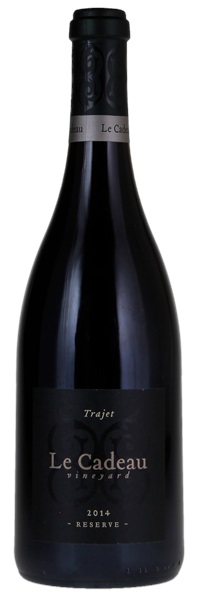Estimate

... Powerful, smoke- and spice-accented red and dark berry preserve, vanilla and lavender pastille scents show wonderful clarity, picking up notes of oak spices and cola with air. Sweet and expansive on the palate, offering concentrated but lively black raspberry, cherry cola and spicecake flavors that show excellent delineation and a touch of smoky minerality. Weighty yet graceful, delivering solid closing thrust and silky, slowly building tannins that fold steadily into the sappy fruit.
...herbal and white pepper accents to the bright red-berry flavors...
This shows riper cherries and blackcurrants with spices, beetroot, some minerals, ash and tar. The palate is full and round with grainy tannins and a fruit-forward finish.